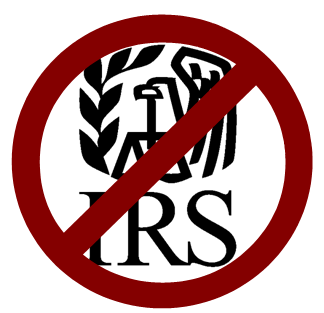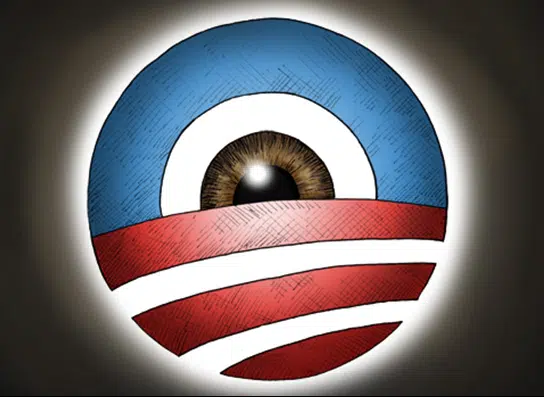More and more, on the Internal Revenue Service (IRS) scandal targeting of the tea party and other 501(c)(4) organizations, the question is less who was involved, but now, who was not.
First it was supposed to be two rogue employees at the Cincinnati office Exempt Organizations Determinations Unit. Then, the Exempt Organizations Technical Unit in Washington, D.C. was implicated, including the manager at the office, Holly Paz. So was the head of Exempt Organizations, Lois Lerner.
As were the chief of staff for former IRS Commissioner Douglas Shulman, Jonathan Davis, plus the chief counsel at the agency, William Wilkins, both of whom were visitors to the White House while the scandal was taking place.
Along the way, it has been revealed that several Democrat representatives and senators in Congress, including Sen. Max Baucus (D-Mon.), who in 2010 was directly urging the agency to target GOP-affiliated and other conservative 501(c)(4) groups.
Next, a Republican member of the Federal Elections Commission (FEC) has uncovered emails that he says show potential collusion between staff there and the IRS office of exempt organizations on at least two conservative organizations’ tax-exempt status, including the American Future Fund.
As if all that was not enough, now the House Oversight Committee is looking into pressure applied by Democrat lawmakers to the Securities and Exchange Commission (SEC) after the Citizens United Supreme Court ruling to target potential corporate contributions to 501(c)(4)s.
Fortunately, the agency reportedly resisted the pressure, not wishing to become a political speech monitor.
Coupled with the IRS targeting itself of the tea party and other (c)(4)s, plus the Democrat push for the DISCLOSE Act targeted at (c)(4)s all throughout 2010, what emerges is an effort across several agencies and Congress to stifle political speech of the opposition. And to defy the Citizens United ruling, which allowed for-profit and non-profit corporations to engage in independent expenditures for or against candidates standing for public office.
To say the least, it is becoming hard to believe that a multi-agency and congressional push against conservative (c)(4)s was not directed by the administration itself.
Then there is the timing of Obama’s own broadside against the Supreme Court on Citizens United. Within days of the Jan. 2010 ruling, President Barack Obama was trashing the Supreme Court in his State of the Union Address, saying “last week the Supreme Court reversed a century of law that I believe will open the floodgates for special interests — including foreign corporations — to spend without limit in our elections.”
Within a month of that statement, groups were being targeted by the IRS for engaging in political activities.
Maybe it was just a coincidence, but probably not. The chances of each subsequent agency getting involved in the scandal being a mere coincidence are infinitesimal, if not impossible. It strains believability. It looks more and more like a coordinated push.
As Sherlock Holmes and Mr. Spock were always fond of noting, when attempting to unravel a whodunit, a useful postulate is: “When you have eliminated the impossible, whatever remains, however improbable, must be the truth.”
With so many players involved all pushing for the same outcome — legal action against conservative and other 501(c)(4) political activities — it is becoming increasingly impossible that the effort was not coordinated. The only question that remains, for a special prosecutor, undoubtedly, is who did the coordination.
Robert Romano is the Senior Editor of Americans for Limited Government.








